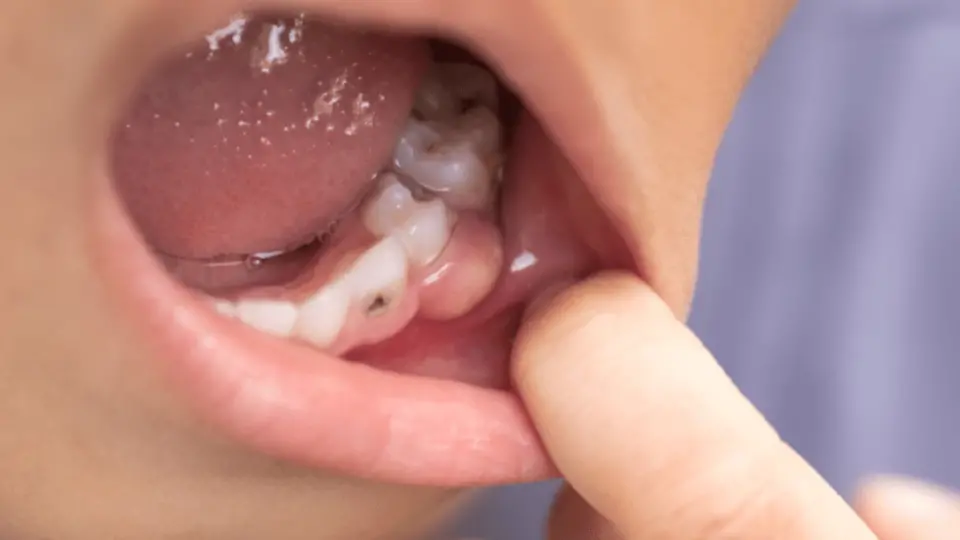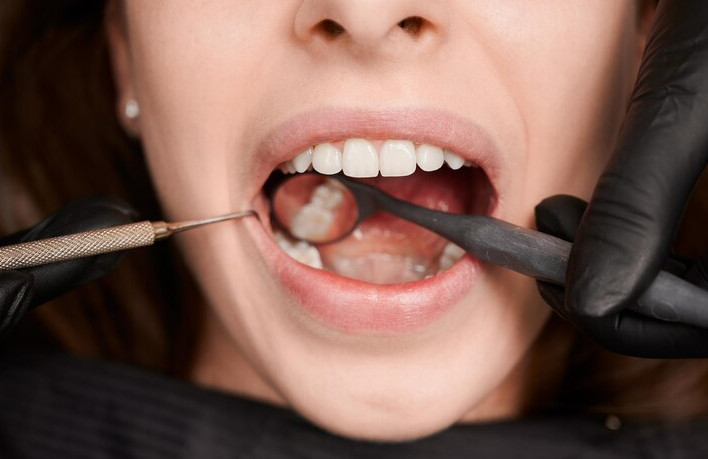In recent years, the integration of emergency dentistry techniques into routine dental care has significantly altered the landscape of dental practices. Traditionally, emergency dentistry was reserved for unexpected, urgent situations—such as traumatic injuries, severe pain, or infections.
However, as dental technologies have advanced, the methods used in emergency situations are now being adapted to improve the speed, efficiency, and effectiveness of everyday procedures.
This shift is benefiting both patients and dental professionals alike, as techniques designed for high-pressure situations offer valuable improvements to regular dental visits. In this blog, we’ll explore how these emergency dentistry techniques are reshaping everyday dental procedures.
How Are Emergency Dentistry Techniques Being Integrated Into Regular Dental Practices?
Emergency dentistry often requires quick thinking, advanced techniques, and innovative tools. In the past, many of these approaches were exclusive to urgent care settings, but they’re increasingly being incorporated into routine care. A few examples of how emergency dentistry techniques are being integrated into regular dental practices include:
- Fast-Track Diagnostics: Many emergency dental procedures require quick diagnoses, such as X-rays or other imaging techniques. These same methods are now being used in routine checkups to detect underlying issues before they escalate, such as cavities, gum disease, or even oral cancer. With rapid diagnostic tools, dental professionals can make informed decisions quickly, minimizing unnecessary delays in treatment.
- Laser Dentistry: Originally developed for use in more intensive situations like emergency soft tissue surgery, laser technology is becoming a common tool for everyday dental procedures. Lasers can be used for precision in treatments such as cavity fillings, gum reshaping, or even teeth whitening, reducing discomfort, healing time, and the need for stitches.
- Sedation Dentistry: In emergency situations, sedation is often used to calm anxious or pain-sensitive patients during procedures. Today, sedation techniques are being used more frequently in everyday dental care, from routine cleanings to more invasive treatments like root canals, allowing patients to feel more relaxed and comfortable.
- Minimally Invasive Techniques: Emergency situations often call for less invasive methods to stabilize and treat patients quickly. This principle is being applied to routine dental care as well, with less intrusive procedures becoming standard. Techniques such as air abrasion and microdentistry can be used for fillings without the need for extensive drilling, making the process quicker and less stressful.
What Are The Benefits Of Using Emergency Dentistry Techniques In Everyday Dental Care?
The integration of emergency dentistry methods into regular practices offers a range of benefits, including:
1. Enhanced Efficiency and Speed
One of the main advantages of emergency techniques is their focus on rapid treatment. In high-stress, emergency situations, time is of the essence, so tools and techniques that streamline treatment are vital. For example, the adoption of laser dentistry or quick diagnostic tools speeds up procedures, ensuring that patients spend less time in the chair and can return to their daily lives faster.
2. Reduced Pain and Discomfort
In emergency dentistry, pain management is crucial, especially when dealing with traumatic injuries or infections. Techniques that focus on reducing discomfort—such as sedation and minimally invasive treatments—are now being applied in everyday procedures. Patients undergoing routine procedures, such as cleanings, fillings, or extractions, can experience a more comfortable experience, leading to less anxiety and more positive dental visits.
3. Faster Recovery Times
In urgent dental situations, recovery times are often crucial, as patients may require fast healing to avoid complications. Emergency dentistry methods are designed to minimize recovery periods. By applying these techniques to regular dental care, patients can expect quicker recovery times after procedures, whether it’s a tooth extraction or gum surgery.
4. Improved Patient Satisfaction
When patients know they will experience less discomfort, a quicker procedure, and faster recovery times, their satisfaction with dental visits increases. Emergency dentistry techniques help enhance the overall patient experience, making it easier for individuals to prioritize their oral health. This leads to more regular visits and better long-term oral health.
In What Ways Do Emergency Dentistry Techniques Improve Patient Outcomes?
Emergency dentistry techniques are designed with patient well-being in mind, ensuring that treatment is both effective and efficient. This focus on improved patient outcomes has several benefits:
1. Minimized Risk of Complications
Emergency techniques are created to address high-risk situations quickly and effectively. These techniques can minimize the risk of complications, such as infections or severe pain, by addressing the root cause immediately. Applying these methods to everyday dental care prevents minor issues from becoming larger, more costly problems down the line.
2. Personalized Care
Emergency dentistry often involves tailoring treatment to the specific needs of the patient, considering their unique circumstances. This emphasis on personalization is now being applied in routine care, with dental professionals using advanced diagnostic tools to create individualized treatment plans. Whether it’s choosing the right sedation method or determining the best restorative option, personalized care helps achieve better outcomes and higher patient satisfaction.
3. Prevention and Early Intervention
One of the key goals of emergency dentistry is to prevent further harm and ensure quick intervention. This same approach is being applied in everyday care, with early interventions that prevent dental issues from escalating. Regular use of advanced diagnostics and minimally invasive treatments can prevent the need for more intensive procedures down the line, saving patients time, money, and discomfort.
What Common Procedures Have Been Influenced By Emergency Dentistry Methods?
Several routine dental procedures have been significantly improved through the adoption of emergency dentistry techniques:
- Root Canals: Emergency dentistry techniques for treating severe tooth infections have influenced the way root canals are performed. With advancements in technology, dentists can now perform these procedures with greater precision and less discomfort, significantly improving patient outcomes and recovery times.
- Extractions: While tooth extractions have always been a part of routine dental care, the use of sedation and minimally invasive techniques developed for emergency situations has made these procedures quicker and more comfortable.
- Fillings and Restorations: Emergency dental care often requires rapid restoration of damaged teeth. The use of advanced materials and techniques, such as laser treatment or air abrasion, allows for quicker, more efficient fillings, reducing the need for extensive drilling.
- Teeth Whitening: Emergency dentistry has emphasized the need for gentle and effective procedures. Teeth whitening techniques used for emergency cosmetic procedures are now being incorporated into regular care, offering patients quicker, more comfortable treatments that yield faster, more noticeable results.
- Gum Disease Treatment: The urgency associated with treating advanced gum disease has led to the development of faster, more efficient techniques. These methods are now being applied to routine care, allowing for earlier intervention and better management of gum health.
The adoption of emergency dentistry techniques into everyday dental practices is a game-changer. It not only enhances the efficiency and comfort of routine procedures but also improves patient outcomes and overall satisfaction.
By applying these advanced methods, dental professionals are able to provide higher-quality care in less time, which benefits both the patient and the practice. As these techniques continue to evolve, it’s exciting to think about how they will shape the future of dental care, offering patients a more efficient, effective, and comfortable experience than ever before.
How Palmetto Family and Cosmetic Dentistry Can Benefit You
At Palmetto Family and Cosmetic Dentistry, we are committed to providing you with the highest quality care using the latest in emergency and everyday dental techniques. Our team integrates advanced technologies, such as laser dentistry, sedation options, and minimally invasive treatments, to ensure that each visit is as efficient, comfortable, and effective as possible. Whether you need a routine cleaning, a cosmetic enhancement, or urgent dental care, our team has the expertise to handle all aspects of your oral health needs.
We understand that every patient is unique, which is why we offer personalized care plans that address your specific dental concerns. Our commitment to innovation and patient comfort ensures that you will receive the best care possible, with faster recovery times and less discomfort. By choosing Palmetto Family and Cosmetic Dentistry, you’re not just receiving routine dental care – you’re investing in a better, healthier smile.
FAQs About Our Service Costs
- How much do routine dental check ups cost?
Routine checkups, including cleaning and exams, typically range from $100 to $200, depending on your specific needs. We strive to keep our services affordable while offering top-notch care. - Are your emergency dental services more expensive?
Emergency services may have additional costs based on the urgency of the situation. We recommend contacting our office to discuss your specific needs and receive a quote tailored to your case. - Do you offer financing options?
Yes, we provide flexible financing options to help you manage the cost of your dental care. Please ask about our financing plans during your consultation.
Ready to Experience the Best in Dental Care?
Don’t wait for dental issues to become emergencies. Schedule your appointment today and see how our advanced, patient-focused approach can enhance your dental health!



